Clone UEFI Disk to SSD without Boot Issue (Full Guide)
PAGE CONTENT:
- UEFI Boot VS BIOS Boot
- Why Do You Want to Clone UEFI Disk
- UEFI Disk Cloning Software Overview
- How to Clone UEFI Disk to SSD
This post mainly introduces a simple but effective way to clone UEFI disk to SSD on Windows 10, 8.1, 8, or 7 using professional disk copy software. It is suitable for all professional or ordinary Windows users to follow. Follow this guide, and clone the UEFI disk to SSD without booting issues in Windows 10/8.1/8/7.
UEFI Boot VS BIOS Boot
UEFI stands for Unified Extensible Firmware Interface, adopts hard drives initialized with GPT partition style. BIOS stands for Basic Input-Output System, adopts hard drives initialized with MBR partition style.
UEFI allows users to use disk space beyond 2TB. It has a faster booting process and more security features. The booting process is like this:
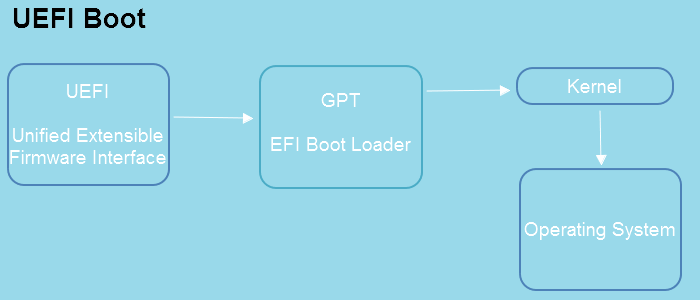
BIOS disables users to use disk space beyond 2TB. Besides, the BIOS must run in 16-bit processor mode and has 1 MB of space to execute it. The booting process is like this:
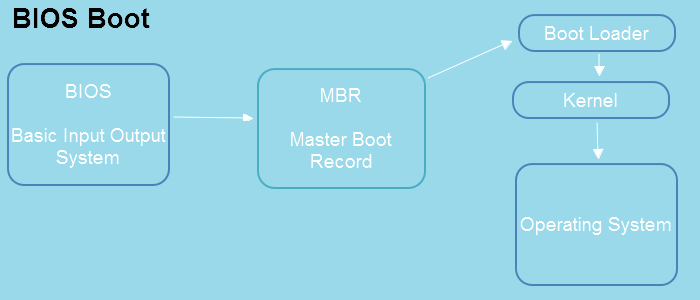
You may also want to know: MBR VS GPT | What's the Difference and Which Is Better
Why Do You Want to Clone UEFI Disk
Here is a list of major reasons why people are pronto choosing to clone UEFI disk:
- Upgrade UEFI disk to a bigger hard drive
- The UEFI boot drive is not working properly
- The UEFI boot disk is failing
- Clone UEFI disk to SSD and optimize Windows/PC's performance
If you are one of them, who wants to clone UEFI disk to SSD without any boot errors effortlessly, a simple and specialized disk clone tool is what you need.
UEFI Disk Cloning Software in Windows 10/8.1/8/7
How to clone the UEFI hard drive without effort? Here we suggest using the UEFI disk cloning software - Qiling Disk Copy for help. It is fully compatible with Windows XP, Vista, 7, 8, 8.1, and 10. It supports Disk Clone, Partition Clone, Sector Level Clone, etc. on a GPT disk, MBR disk, and WinPE bootable disk.
Qiling disk cloning software has the following stunning features.
Your Reliable Drive Clone Software
- Make a full copy of contents on a disk and move your data, system, or apps to another hard drive.
- It supports OS migration to avoid reinstalling the operating system.
- It clones your disk sector by sector, and nothing is left behind.
Clone UEFI Disk to SSD in Windows 10/8/7 Step-by-Step
To ensure that you can smoothly clone the Windows UEFI boot disk to SSD without any boot issues, convert SSD to GPT in advance. Then, follow these steps to clone the UEFI disk to SSD.
Step 1. Choose "Disk/Partition clone" in the tool page to start.
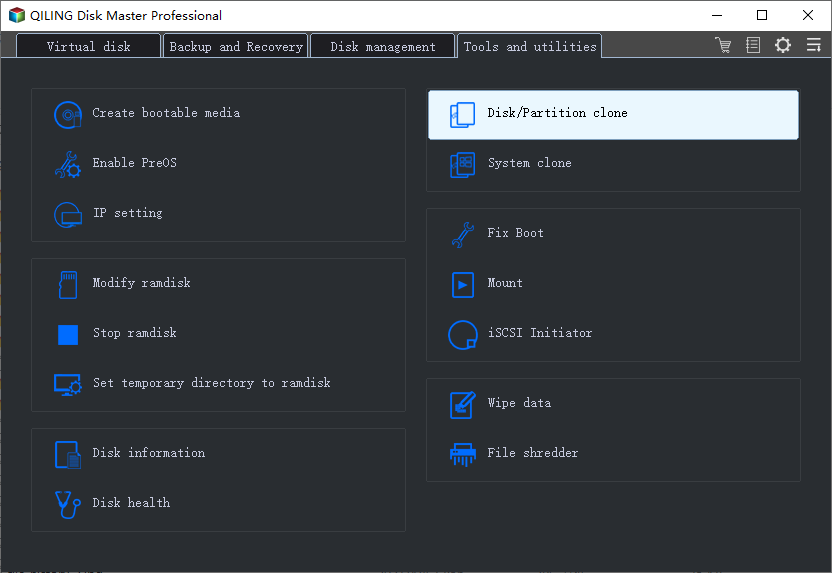
Step 2. Select a hard drive as the source disk. Click Next to continue.
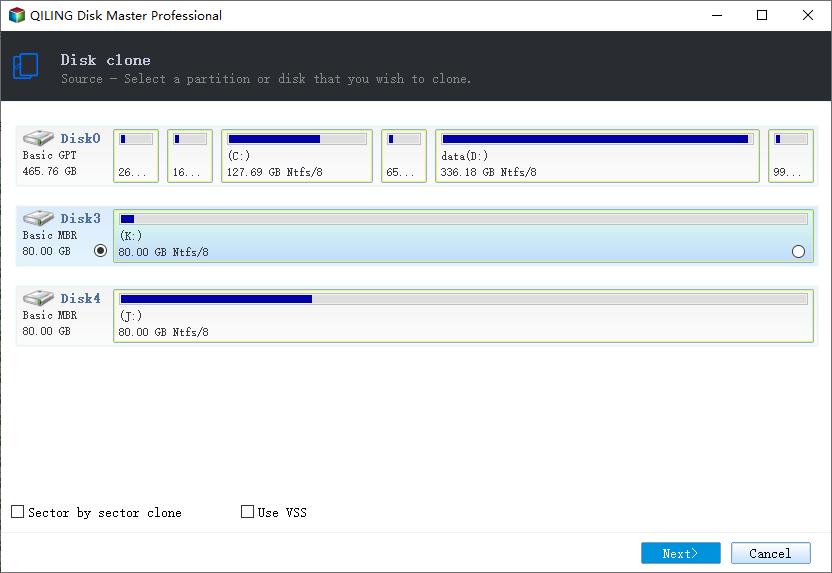
Step 3. Select the SSD as your destination and click Next to continue.
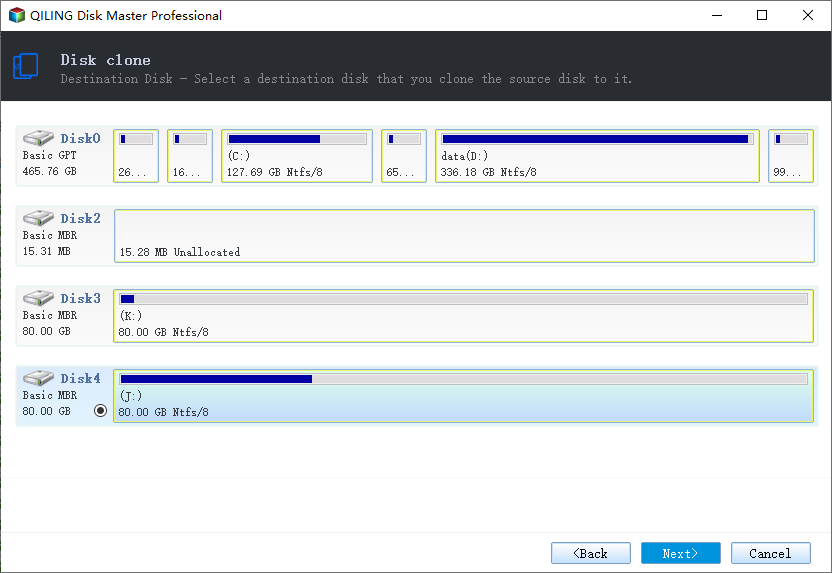
Step 4: Check and edit the disk layout.
If your destination disk is an SSD drive, do remember to tick "Optimize for SSD" option if the target is SSD.
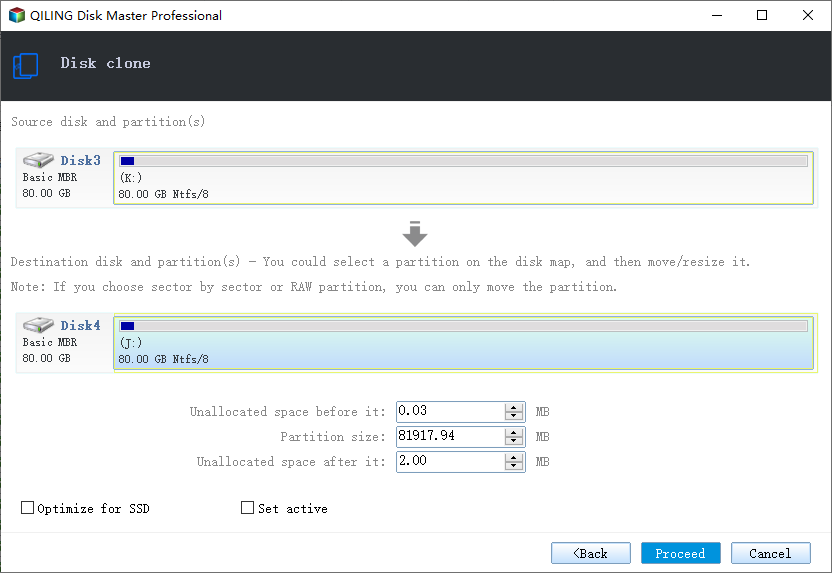
Step 5: Click "Proceed" to start the hard drive cloning process.
A warning message tells you that the data on the destination disk will be overwritten. Click "OK" to continue if you do not have important data on the destination disk.
How to Make Cloned UEFI Disk Bootable on SSD Disk
After cloning the UEFI boot disk to the SSD disk, another more thing that you need is to enable UEFI boot on your new disk:
- Insert your new SSD with UEFI boot disk content to your laptop.
- Restart the PC, and you should be able to run the Windows system on your new SSD from UEFI mode now.
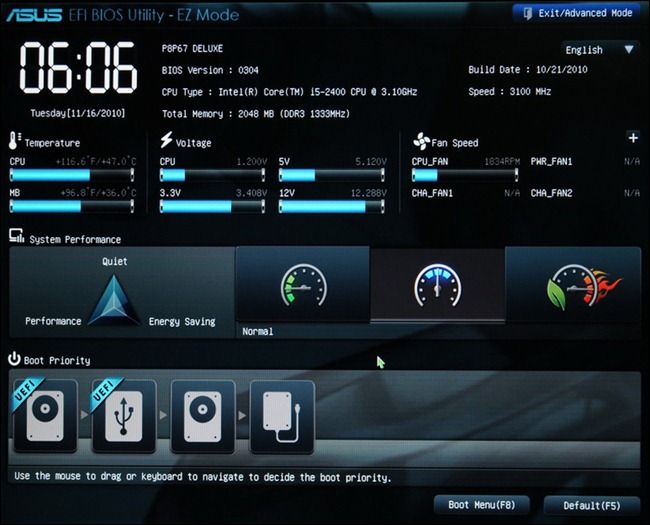
If you have a problem with switching boot modes between UEFI and BIOS, you can follow boot to UEFI mode or legacy BIOS mode provided by Microsoft as a guide.
Conclusion
You see, that's all about cloning the UEFI disk with Qiling Disk Copy. It is quite simple to copy the UEFI boot disk to another disk if you choose the right disk cloning software. Qiling Disk Copy is also capable of cloning one partition to another, clone disks with bad sectors, and more. You can download this software to get solve your HDD/SSD problems at any time.
Clone UEFI Disk to SSD FAQs
If you have problems, you can read these FAQs below to get additional help.
Can you clone a GPT disk?
You can use Qiling Disk Copy to clone a GPT disk. Note: If the source disk - the GPT disk doesn't have a system on it, then you can clone the data on the GPT disk successfully. If it has, your destination must also be a GPT disk, and then it can boot successfully. If your destination disk is an MBR disk, you may fail to boot after cloning the GPT disk.
How do I boot from a cloned SSD?
Step 1. After cloning, restart your computer. During the process of computer restarting, long-press the "F2" key (perhaps other keys like DEL) and access to the BIOS/UEFI environment.
Step 2. Change the boot order and set the cloned SSD as the boot drive in BIOS.
Step 3. Press "Enter". Now you should boot the computer from the SSD successfully.
Can I clone MBR to GPT?
Yes, you can use Qiling Disk Copy to clone MBR data disk to GPT disk, and the cloned disk is GPT, the data disk does not need to consider the boot problem. If you want to clone the MBR system disk to the GPT disk, do it with the steps below.
Step 1. Convert GPT to MBR disk using a partition manager program at first.
Step 2. Use the Disk Mode feature to clone the MBR disk.
Step 3. Use the partition master tool again to convert MBR to GPT disk.
To ensure the system normally starts, make sure your operating system is 64bit GPT boot-up, the BIOS supports EFI boot mode, and change the boot mode in the BIOS after conversion.
Related Articles
- 2021 Tips | How to Clone HDD to M.2 SSD
- Best Bad Sector Repair Solutions to Check and Remove Bad Sectors on Hard Disk
- Samsung Cloning Software to Clone HDD to SSD Free
- How to Clone IDE to SATA HDD/SSD (2 Ways)